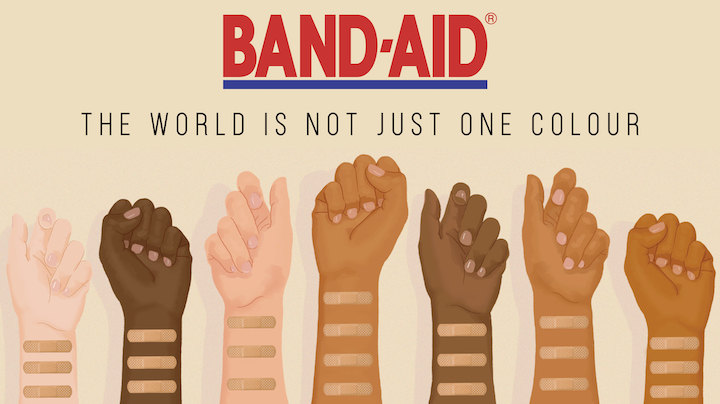CapU Communications students celebrate satire in Polygon Gallery virtual show
For as long as high culture, fashion, and advertising have existed, humorous and satirical observers have been taking it down a peg.

For as long as high culture, fashion, and advertising have existed, humorous and satirical observers have been taking it down a peg.
From newspaper cartoonists caricaturing political figures to George Carlin’s social commentary to Banksy’s subversive street art, critical examination of media, and how we consume it has a rich history.
To call attention to the relationships between advertisements, consumer culture and social issues, students in Ki Wight’s CapU CMNS 295 class – The Culture of Advertising – are creating mock adverts, engaging in “subvertising” (parodied ads), brandalism or ad hacking (amended or defaced ads).
“Given the harmful environmental impacts of consumerism and the social inequities that exist in consumer culture, the students are coming up with many specific issues to explore in their work,” Wight says.
That work is currently on display online at The Polygon Gallery in North Vancouver and, before COVID-19 related closures, was set to be displayed in the gallery’s flex space.
“The Polygon Gallery was an ideal candidate for this partnership because our topic of ‘subvertising’ aligns with its community and artistic mandates,” she says. “It’s been really fun and engaging, even though we’re doing this from a distance.”
The gallery previously collaborated from 2013-2015 with CapU staff and students from on Weaving Histories, a publication produced by First Nations Student Services, and they were eager to work with the University again.
“Collaborating with this course is right in line with our interest in visual literacy,” says Justin Ramsey, assistant curator at the Polygon Gallery. “I hope to see students thinking critically about the images they see everywhere – whether in print or online – and the strategies that commercial and pop media use to shape our collective imagination.”
You can view the work of these students at The Polygon x Capilano University: CMNS 295.
Submitted by: Kirk Pedersen
